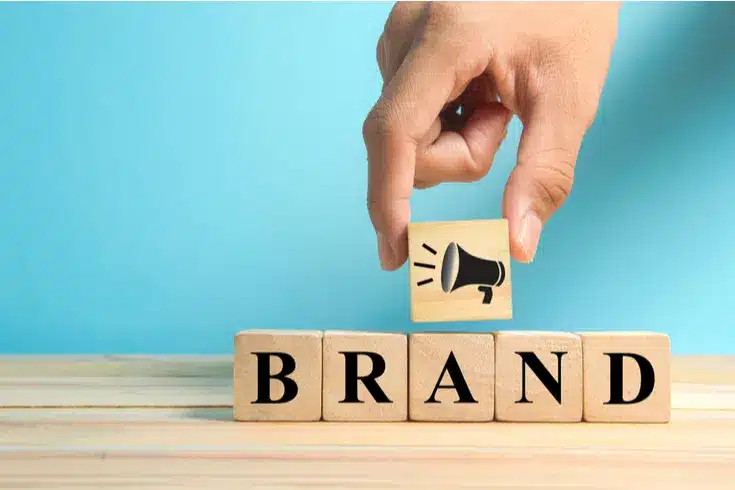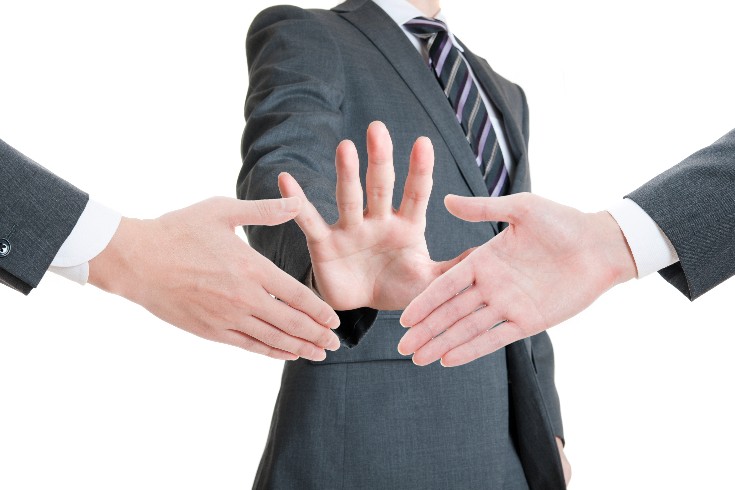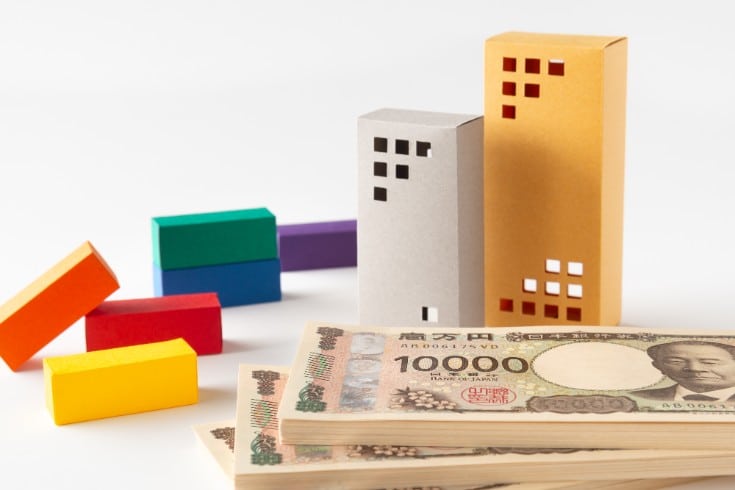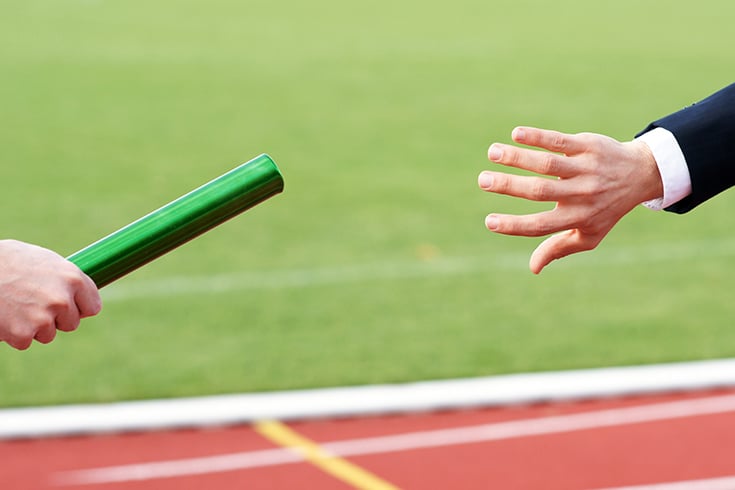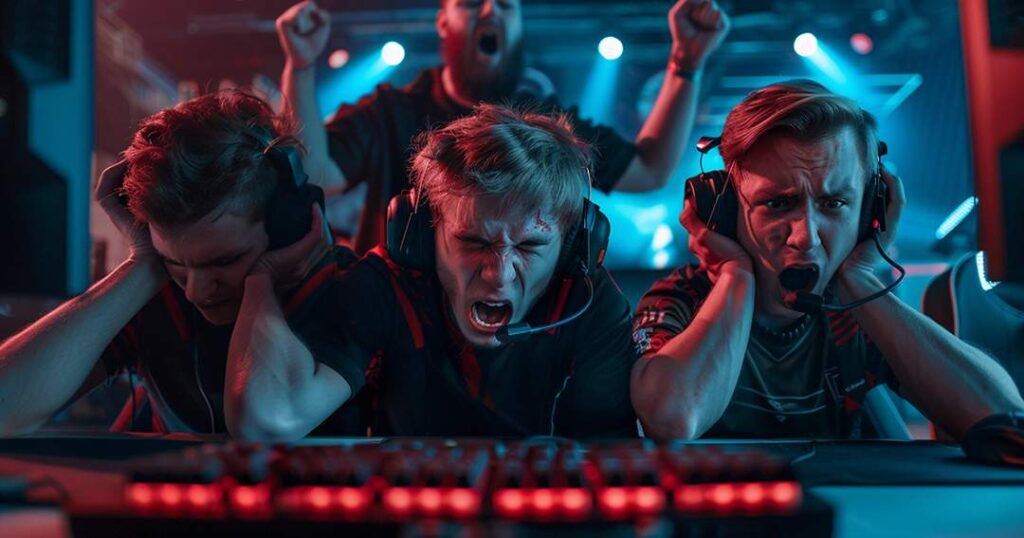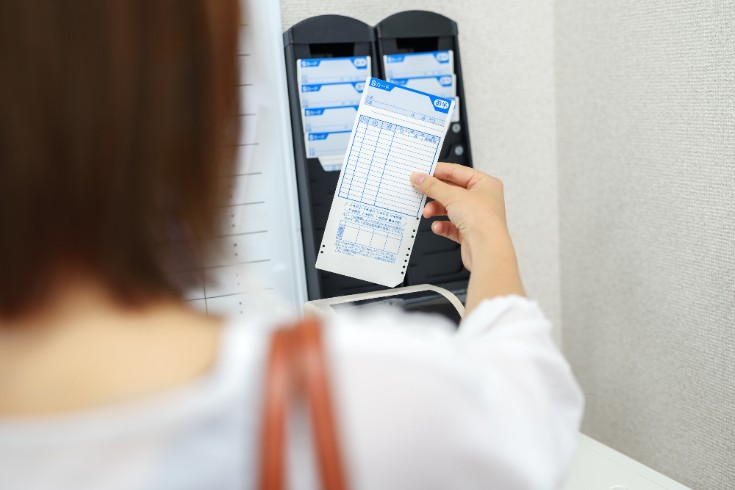Assessment of Market Value for Copyright Infringement Damages Related to Images: An Analysis with Two Case Studies
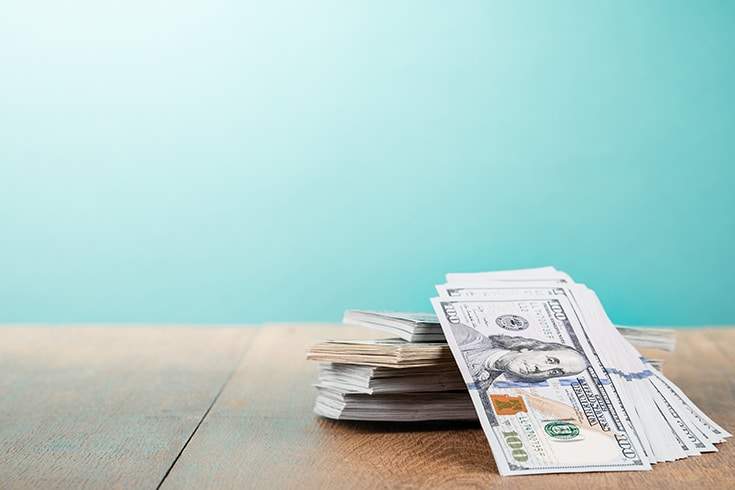
Nowadays, it’s commonplace to see ‘images’ and ‘videos’ on social media and online media. However, among the ‘images’ and ‘videos’ we see daily, there are some potential copyright issues.
So, what should you do if you actually experience a copyright infringement? Also, what is the going rate for damages that can be claimed from the other party?
Copyright Infringement on the Internet
What actions can be considered copyright infringement on the internet? Let’s first consider situations where copyright infringement is likely to occur online.
Unauthorized Reproduction of Images
Copyrights are granted to images such as illustrations, photos, and videos. Photos posted on social media platforms like Instagram are often reproduced without permission. For example when a selfie is reproduced, there is a high chance that it is protected by copyright. Therefore, if your photo is reproduced without your consent, you can claim copyright infringement.
In June 2020, Instagram officially stated that “using the image embedding feature can also lead to copyright infringement.” This means that the copyright of images uploaded to Instagram does not belong to Instagram, but to the creator of the image.
Unauthorized Reproduction of Lyrics and Music

Professionals usually entrust the management of their works to organizations like JASRAC (Japanese Society for Rights of Authors, Composers and Publishers), but independent artists who are working individually need to be careful. If the music or lyrics they created are uploaded to the internet without their permission, it constitutes copyright infringement. In the case of dance videos, choreography can also be subject to copyright.
Claims and Penalties for Copyright Infringement
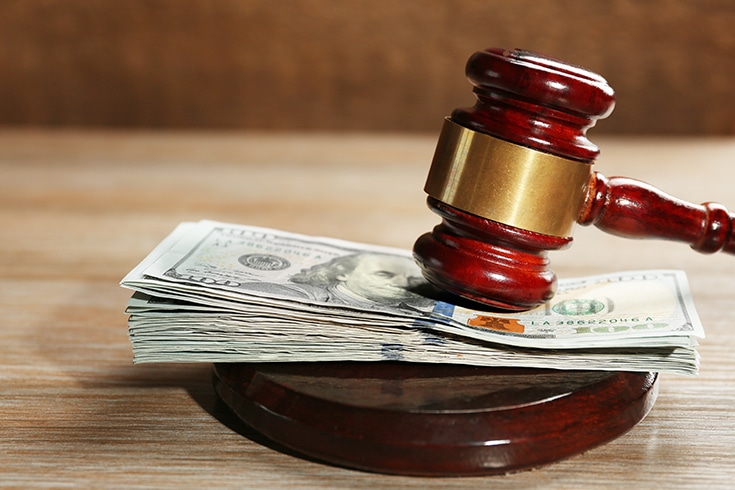
Those who have had their copyrights infringed upon can make the following civil claims against the infringing party:
- Injunction against infringement (Article 112, Paragraph 1 of the Japanese Copyright Law)
- Claim for damages (Article 709 of the Japanese Civil Code)
- Measures to restore reputation (Article 115 of the Japanese Copyright Law)
Furthermore, copyright infringement is a complaint-based crime (with some exceptions), so if the victim, who is the copyright holder, files a complaint, the following criminal liabilities can also be pursued:
- For copyright infringement, imprisonment for up to 10 years or a fine of up to 10 million yen, or both (Article 119, Paragraph 1 of the Japanese Copyright Law)
- For infringement of the author’s moral rights, imprisonment for up to 5 years or a fine of up to 5 million yen, or both (Article 119, Paragraph 2, Item 1 of the Japanese Copyright Law)
Note that if a corporation infringes upon copyrights (excluding moral rights), the penalty is a fine of up to 300 million yen.
Injunction against Infringement
If a copyright is being infringed upon, the first necessary response is to stop (prevent, halt) the infringement.
Through an injunction against copyright infringement, not only can you demand the “cessation of infringement” and “prevention of infringement”, but you can also demand the “disposal of items that constitute the infringement”, “items created by the infringement”, and “disposal of machines used in the infringement”.
Intention or negligence on the part of the infringer is not necessary for an injunction. Even without intention or negligence, if a copyright is being infringed upon, it is necessary to eliminate this situation.
However, an injunction is not immediately granted by filing a claim. The court examines whether the requirements for an injunction are met before reaching a conclusion. Therefore, if you have already suffered significant damage due to copyright infringement, it may be too late to file an injunction. In such cases, it is necessary to apply for a provisional disposition before filing an injunction to stop the infringement.
Claim for Damages
Firstly, for copyright infringement or infringement of the author’s moral rights, it is possible to claim compensation for emotional distress caused by the infringement of personal rights. However, not only this, but you can also claim compensation for the “damage” suffered by the copyright holder due to the copyright infringement.
The “damage” referred to here includes the following two types:
- Positive damage (expenses that would not have been necessary if there had been no copyright infringement)
- Negative damage (profits that would have been earned if there had been no copyright infringement)
Positive damage includes attorney fees and investigation costs required to identify the infringer, and proving this is relatively easy. However, negative damage refers to cases such as “a decline in sales of copyrighted works due to copyright infringement”, and proving this is generally very difficult.
Therefore, the Japanese Copyright Law provides the following presumptions to protect copyright holders in proving the amount of damage (Article 114 of the Japanese Copyright Law):
- Presumption from the number of transfers
- Profit presumption
- Presumption from license fees, etc.
Presumption of Damage Amount
The “presumption from the number of transfers” refers to cases where the person who infringed the copyright sells the works they copied without the copyright holder’s permission and makes a profit. In such cases, the Japanese Copyright Law allows the number of works sold to be multiplied by the profit per unit that the copyright holder could have earned if there had been no infringement, to calculate the amount of damage.
For example, if the person who infringed the copyright sold 1,000 works they created through the infringement, and if the profit per work that the copyright holder could have sold without the infringement was 200 yen, the copyright holder can claim 200,000 yen as the amount of damage.
The “profit presumption” is a provision that presumes the total amount of profit made by the person who infringed the copyright as the amount of damage. In the example above, if the person who infringed the copyright made a profit of 200,000 yen, it is presumed that 200,000 yen is the amount of damage.
The “presumption from license fees, etc.” refers to the usage fee for works protected by copyright, and the copyright holder can claim an amount equivalent to the license fee as the amount of damage. This provision is considered to set a minimum amount for the damage.
Often, there are no documents to calculate the amount of damage based on these provisions, so it may be necessary to request the other party to disclose information as a prerequisite for claiming the amount of damage. If the other party does not disclose the information, the court will order the disclosure of information if a lawsuit is filed (Article 114, Paragraph 3, Item 1 of the Japanese Copyright Law).
Measures to Restore Reputation
Article 115 of the Japanese Copyright Law states that “the author may demand from the person who infringed his moral rights… appropriate measures to restore his honor or reputation, in lieu of or in addition to compensation for damage”.
This provision applies when the author’s moral rights, not the copyright, have been infringed upon. Based on this provision, you can demand the publication of correction articles, apology advertisements, etc.
Litigation and Damages
If your copyright is infringed, you can claim damages. But how much can you actually expect to be awarded in a court case? Let’s look at two examples.
The Cat Photo Collage Sign Case
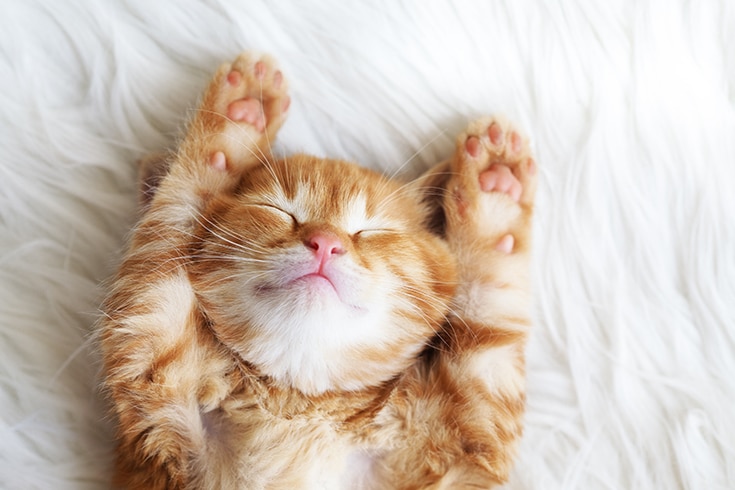
A photographer sued a women’s clothing brand for copyright infringement (reproduction rights and adaptation rights) and violation of the author’s moral rights (rights to maintain integrity and rights to claim authorship) after the brand cut out 156 cat photos from his five photo books without permission, hollowed out the eyes, and used them to create a sign. The court awarded the photographer ¥660,000 in damages and ¥2,000,000 in consolation money.
The photographer, who had published about 60 photo books of cats and contributed to magazines, gave lectures, and held photo exhibitions in 55 countries and about 200 regions around the world, discovered the infringement when he happened to visit the Isetan Shinjuku store two months after the sign was installed. The photographer’s permission was not obtained for the use of the photos, and there was no credit to the photographer on the sign.
The court ruled that,
“Of the 156 photos, the defendant infringed the plaintiff’s reproduction rights for the 66 photos used in the copy, and the act of creating the sign infringed the plaintiff’s rights to maintain integrity and rights to claim authorship.”
In calculating the amount of damages due to the infringement of the reproduction rights, the court stated,
“Against the plaintiff’s claim of ¥50,000 per photo, the photos were used as materials for creating a collage sign using many cat face photos, and were not used as individual works of the plaintiff’s photos.”
Therefore, the court deemed it appropriate to recognize ¥10,000 per photo per use, and limited the damages to ¥660,000 (¥10,000 x 66 photos).
Regarding the consolation money for the violation of moral rights, the court stated,
“The plaintiff’s photos, whose integrity was violated, are numerous, and the act of modification, which involves hollowing out the eyes of the cats, can be interpreted as sadistic. The mental damage suffered by the plaintiff is significant.”
Therefore, the court ordered the defendant to pay a total of ¥2,920,000, including ¥2,000,000 in consolation money and ¥260,000 in attorney’s fees (Tokyo District Court, May 27, 2014).
Regarding the apology advertisement based on the violation of the author’s moral rights, the court stated,
“A significant part of the surface of the sign was covered with the defendant’s women’s clothing brand products, making it difficult to recognize. Therefore, it is not sufficient to recognize that the plaintiff’s reputation or prestige was damaged by the installation of the sign.”
Therefore, the claim could not be supported.
Due to the maliciousness of the case, a relatively high amount of consolation money was recognized.
The Illustration Use T-Shirt Case
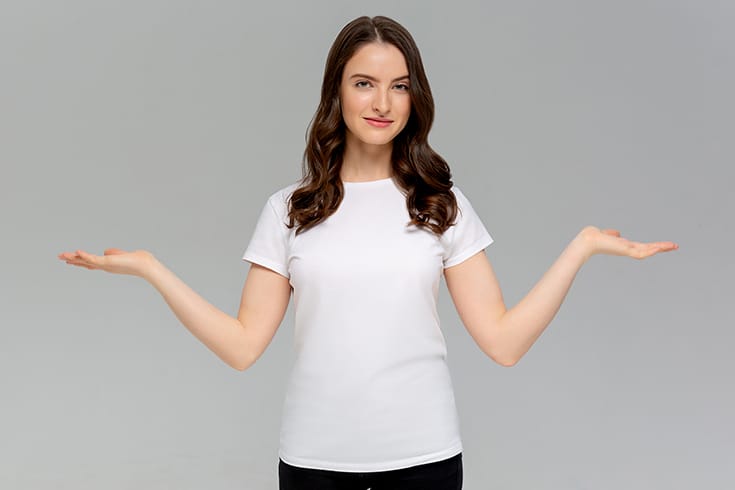
An illustrator sued a T-shirt manufacturing company for reproducing or adapting his design without permission, infringing his reproduction rights or adaptation rights, uploading it to the website they operate, infringing his public transmission rights, and manufacturing T-shirts without displaying his name, infringing his rights to maintain integrity and rights to claim authorship. The illustrator demanded an injunction against the advertisement and damages.
The court ruled that,
“The defendant’s T-shirt used many illustrations that physically reproduced the plaintiff’s illustration of a cat curled up and sleeping from above, which is recognized as an artistic work, infringing the reproduction rights or adaptation rights. Uploading the illustration to the website operated by the defendant constitutes an infringement of the public transmission rights. The defendant infringed the plaintiff’s rights to maintain integrity and rights to claim authorship for the plaintiff’s illustration.”
The court recognized the plaintiff’s request to stop the reproduction, adaptation, and public transmission. In addition, the court stated,
“It is reasonable to permit the request for disposal because it is presumed that the defendant possesses the above-mentioned products, and it is also presumed that the defendant possesses the recording media on which the image data related to these illustrations is recorded, so it is reasonable to recognize the request for deletion.”
The court also permit the request for disposal. Furthermore, the court stated,
“In calculating the usage fee, the defendant’s products are not solely attached with the illustration, but the illustration is used as part of the overall design in combination with other designs and patterns created by the defendant. It is appropriate to consider the usage ratio (size and number) in the products reproduced or adapted by the defendant.”
The court calculated the portion related to the products sold to the stores by the defendant and recognized a usage fee of ¥1,223,570.
In addition, considering that the defendant is using the illustration commercially and is not adapting it for the purpose of mocking the plaintiff’s illustration, the court ordered the defendant to pay a total of ¥1,673,570, including ¥300,000 in consolation money for the violation of the author’s moral rights and ¥150,000 in attorney’s fees (Osaka District Court, April 18, 2019).
Although the amount of recognized negative damages may have been unsatisfactory for the plaintiff, the request for disposal was widely recognized, making it a harsh judgment for the defendant.
Summary
Copyright infringement is a complaint-based crime, with a few exceptions. This means that unless the victim of copyright infringement files a lawsuit, the perpetrator cannot be punished. Especially on the internet, where copying and reposting can be done easily, it is extremely difficult for individuals to perfectly protect their own copyrighted works. This is the reality.
While it is important for the copyright holder to be vigilant and take precautions, if your copyright is infringed upon, we recommend consulting with an experienced attorney as soon as possible. This is crucial not only to obtain appropriate compensation for damages but also to prevent further harm.
Category: General Corporate
Tag: General CorporateIPO



